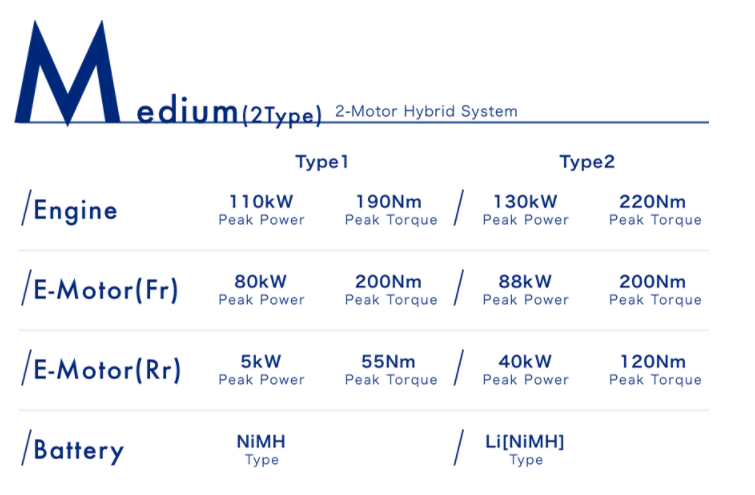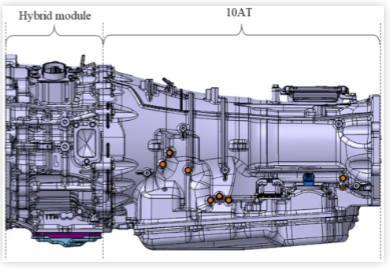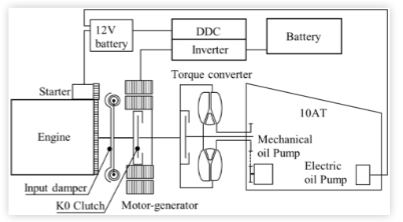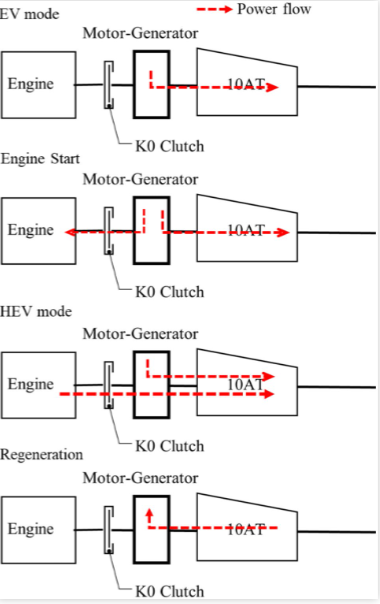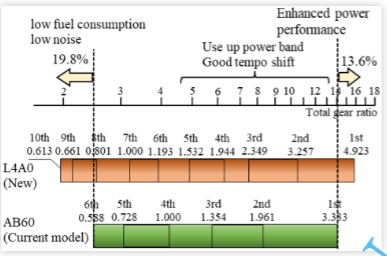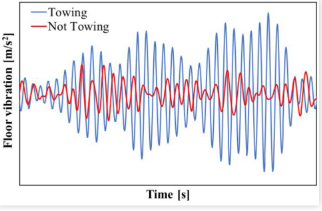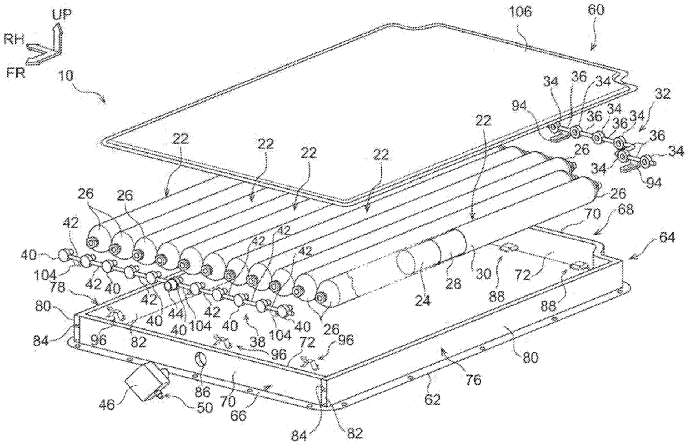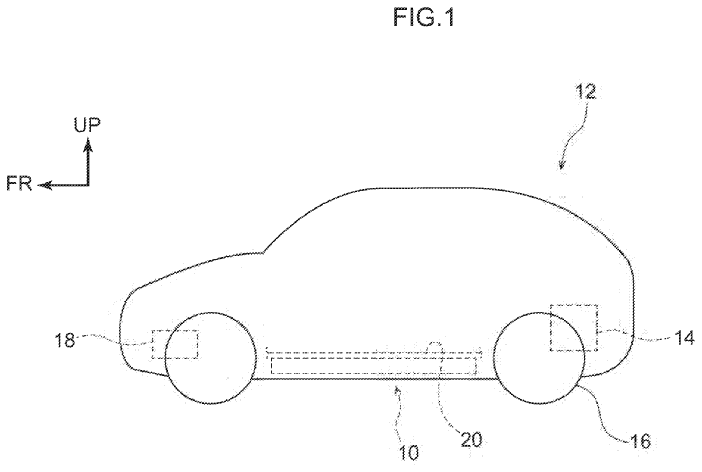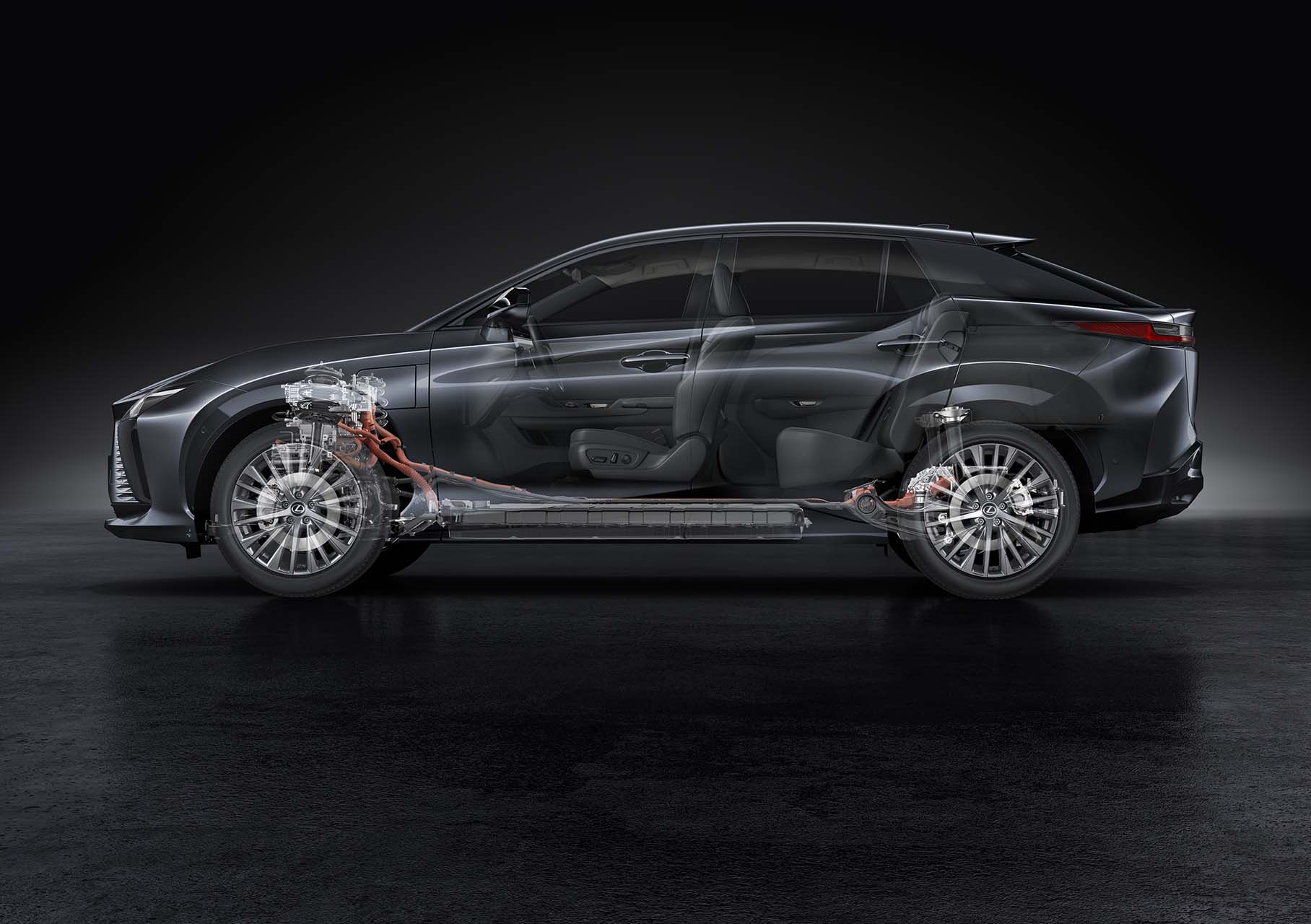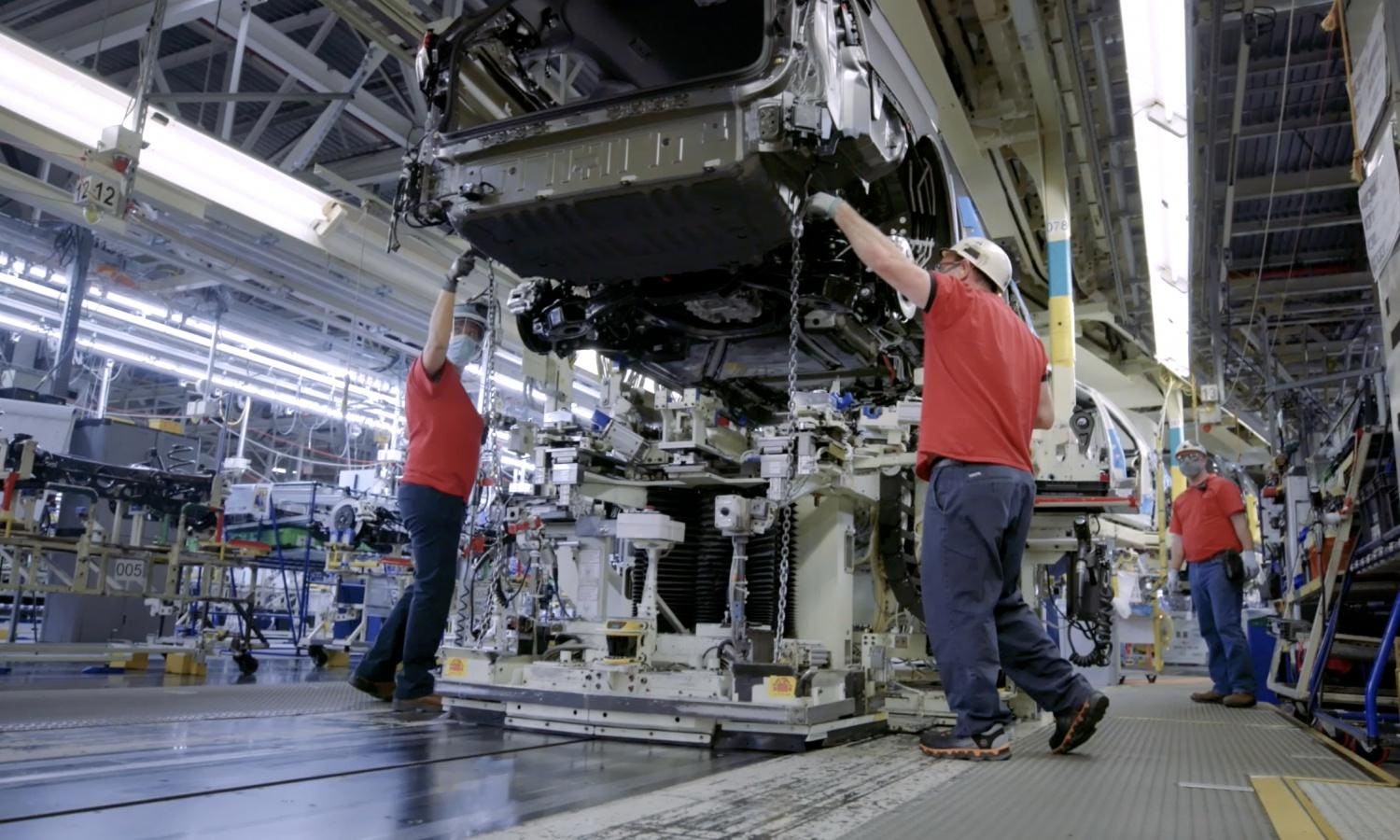I don't believe diesels are included, so that leaves us with four gas motors. I'm speculating here, but I wouldn't be at all surprised to see another V6 smaller than the V35A. I think there are two possibilities here. A high performance 3.0 TT using the 85.5 bore of the V35A, but with a shorter stroke of 85.5. This gives a displacement of just under 3.0. It's a square engine, which, I believe the 2JZ was as well. The G16E is also almost square. I think this would be good up to about 400hp. This may be a good engine for the next Supra and some Lexus models.
The other option is a 2.8-3.0 TT V6 with ~325hp. Smaller bore than the V35. This would be a mainstream engine for vehicles like the 4Runner, Tacoma, GX, TX, and Grand Highlander.
As far as the two engines larger than the V35 goes, I'm a bit skeptical either of these will actually happen. My assumption is that one of these is the rumored 4.0 TTV8, but I'm not 100% sure that engine will happen. The other engine could be a naturally aspirated engine, either a 5.0 V8 based on the 4.0 TTV8, or a 4.0 V6 based on the V35A. Either NA engine would be for the truck applications (5.0 for Tundra, 4.0 for 4Runner, Tacoma, Prado). I'm more inclined to think that both engines above the V35A are V8s though.
Is the G16E in the GR Yaris considered a Dynamic Force engine? Wiki has it listed separately, but then again, it is Wiki. If it is a Dynamic Force engine, then I guess G16E is the 2nd engine smaller than the M20A, along with the M15A. That would then leave us with three unknown engines.
Last edited:


